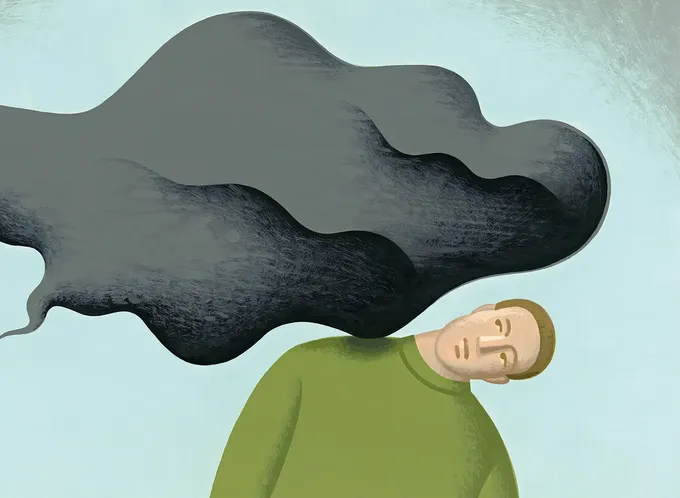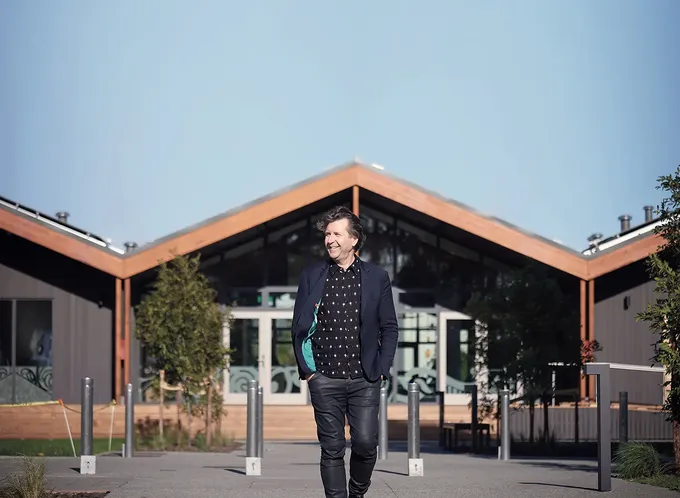With more Kiwis celebrating Matariki and Aotearoa New Zealand gaining international recognition for its spectacular night skies, we’re a nation remaking our relationship with the stars. And for MAS Member and astrophotographer Mick Finn, it’s not only about creative inspiration but connection to nature and culture.
From glittering distant galaxies to softly glowing star clusters, Aotearoa’s crisp evening skies let the celestial show shine bright. In winter, the starriest section of the Milky Way sits directly above our backyards, Matariki sparkles in the early morning, and the vast Pacific Ocean surrounding our narrow isles means light pollution is low compared with many countries.
In the star-studded southern hemisphere, New Zealand’s ink-black evenings have caught the attention of astronomers from across the globe. Aotearoa is now home to six official Dark Sky places accredited by the International Dark Sky Association, including two Dark Sky Parks, two reserves, and two sanctuaries, all given the seal of approval for their minimal light pollution and spectacular views of the night skies. And with small towns like Oxford and Martinborough starting to make the most of astro-related tourism and Matariki marking a time of mid-winter reflection, more and more locals are starting to look upwards.
Eyes on the sky
For astrophotographer Mick Finn, the stars have been a source of fascination since childhood, when he and his mates would lie on the school cricket pitch and take in the skies. These days, you’ll likely find him with a camera pointing to the constellations at one of his favourite Kāpiti Coast spots.
“I head over to the coast near Pukerua Bay, or there’s a park near the end of Paekākāriki that works well for photos because there isn’t too much street light."
"Sitting out under the stars, you’ve got the ocean, the South Island and Kāpiti Island ahead and the mountains behind you – that’s my happy place.”
While his ethereal-looking images seem effortless, they’re a combination of hundreds of digital shots, each carefully stacked on top of each other and processed to bring out even the most delicate of details.
A graphic designer by day, he never sets out without a specific celestial target in mind, and his subject changes with the seasons.
“In summer, it’s all about the constellation of Orion the Hunter, as it has a lot of classic deep sky objects like the Orion Nebula and the Horsehead Nebula,” he says. “Winter is Milky Way season, and I use an app to track how it will be sitting and what land details like rock formations I can incorporate into the shot.
“The Milky Way is amazing, I’m not sure people realise how cool it is. We can see straight towards the middle of it where the stars are really dense. There’s also a black hole in there and a nebula where billions of stars are being made. There’s a lot of incredible stuff going on, and on a clear winter’s night, you can see plenty of it with the naked eye.”
It’s the sort of hobby that allows for plenty of downtime, but with everyone from insomniacs to delivery drivers out after dark, the Australian-born outdoor enthusiast says astrophotography isn’t as solitary as you might think.
“One of the spots has a lookout, and I often see people stopping to take in the view at 3am. They’re normally quite chatty and interested in what I’m doing. I’ve also bumped into other astrophotographers before. I never feel lonely out there, but I got a fright once when I accidentally got close to a huge seal and it started barking. That scared the hell out of me!”
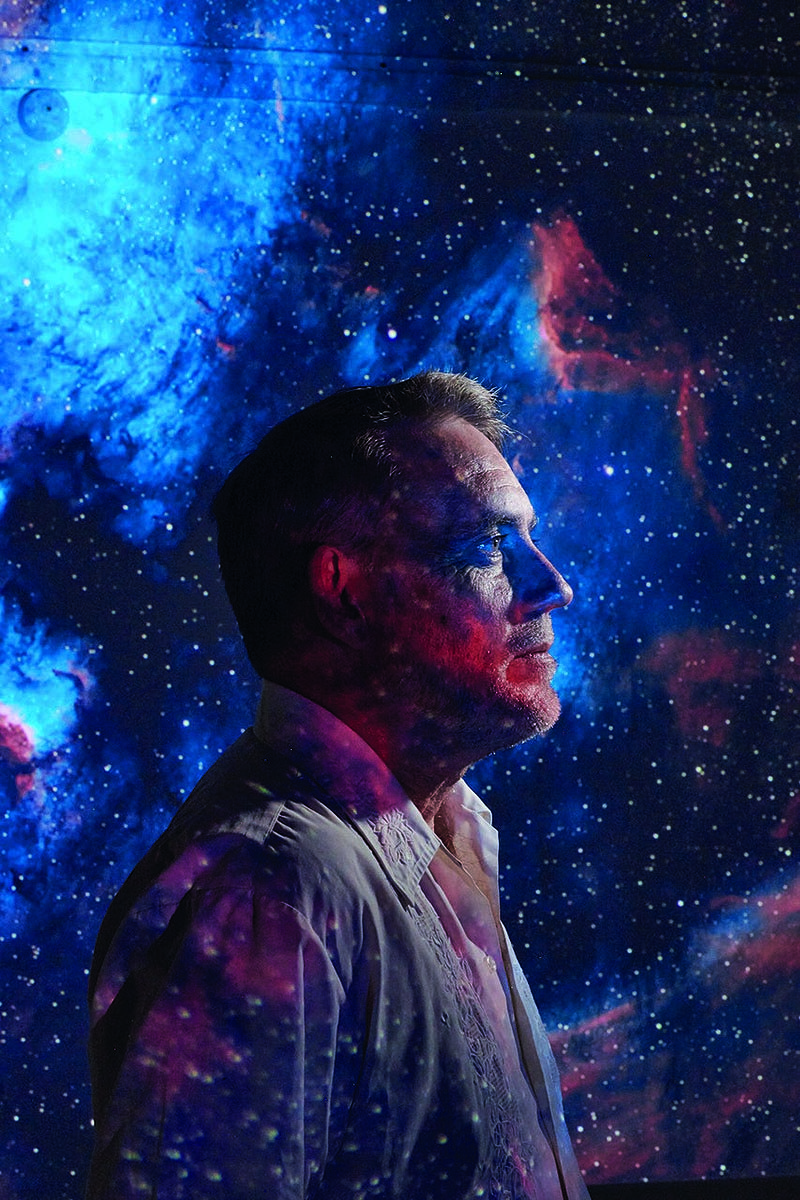
Mick Finn takes most of his stellar shots from the Kāpiti Coast.
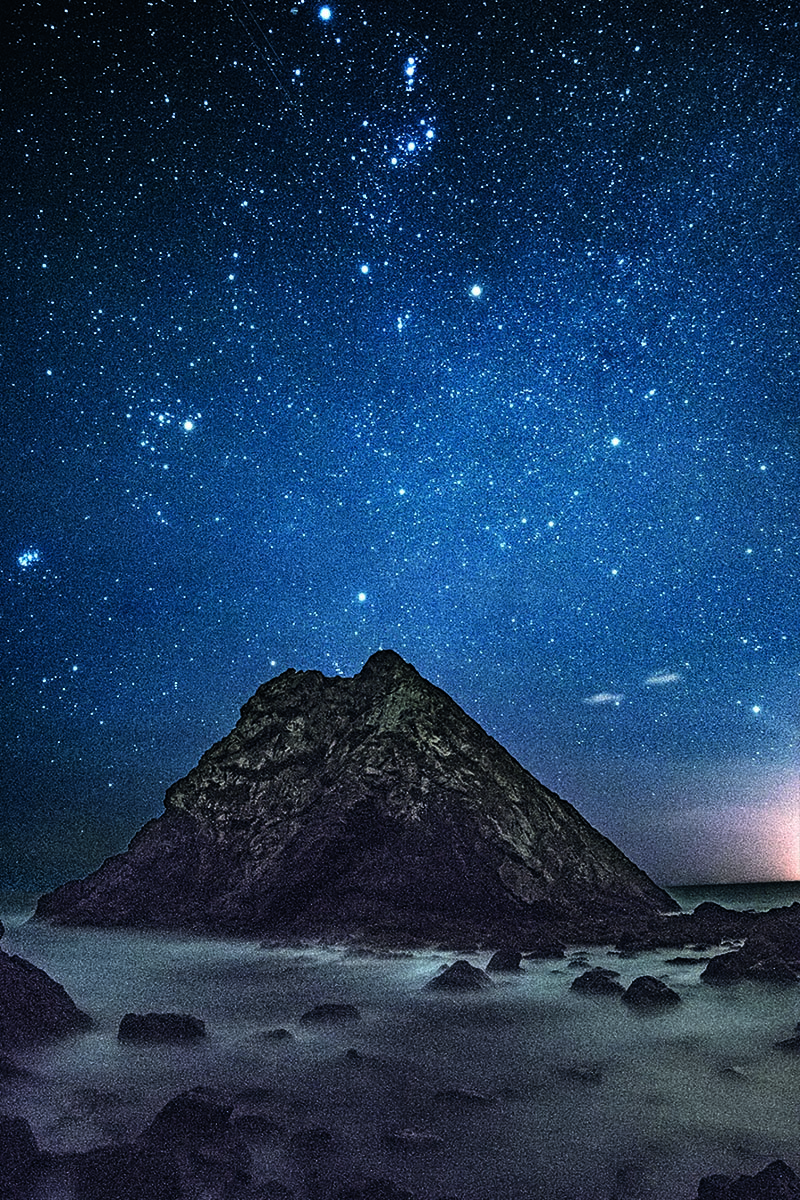
Orion, by Mick Finn
Linking past and present
It was a high school science teacher that first turned his attention to the stars. Since then, he says astrophotography has proven to be the perfect way to combine his love of nature, design and the technicalities of creating a head-turning photo.
But these days, it’s not just what’s captured in the image that spurs him outdoors on cold winter nights.
“Looking up into the stars, and seeing the sheer scale of what’s out there gives me a real sense of perspective,” he says. “You realise how small and fragile the Earth is compared to everything else around us, and it makes you want to take better care of it for future generations.”
For Mick, a father of two teenage boys, it’s also about strengthening ties to a once-forgotten side of his family heritage.
“My grandmother was Aboriginal, but we never had a connection to that side of the family. For me, learning about the stars has really rebuilt that sense of connection. Over here, I’m under the same sky as our ancestors looked at, and some of the mythology is similar to the Māori legends about the night sky.
“There’s an Aboriginal constellation with the shape of the Dark Emu that I always look out for.
The traditional seasons for emu breeding in parts of Australia were signified by the changing position of the Dark Emu/Gawarrgay at dusk. For example, in August and September, the emu is standing upright as it’s getting up from the nest to rear the young chicks.
“I wasn’t able to hear these stories from my grandmother and neither was my mum, as there was an official process to replace language and cultural knowledge (the White Australia policy) back then. There was also a big impact from the Stolen Generations. Even when we were kids, there was a children’s home near our house that we thought was spooky. We didn’t realise that it was one of the last homes for the Stolen Generations, and it only closed down in the 80s. People didn’t talk about Aboriginal heritage then because it was a safety thing, children were still being taken away from their families.
“But I’ve always been really interested in indigenous astronomy and the stories about the natural world. It not only links to my Aboriginal heritage, but it makes me feel more connected to New Zealand too.”

Matariki Reflection, by Mick Finn
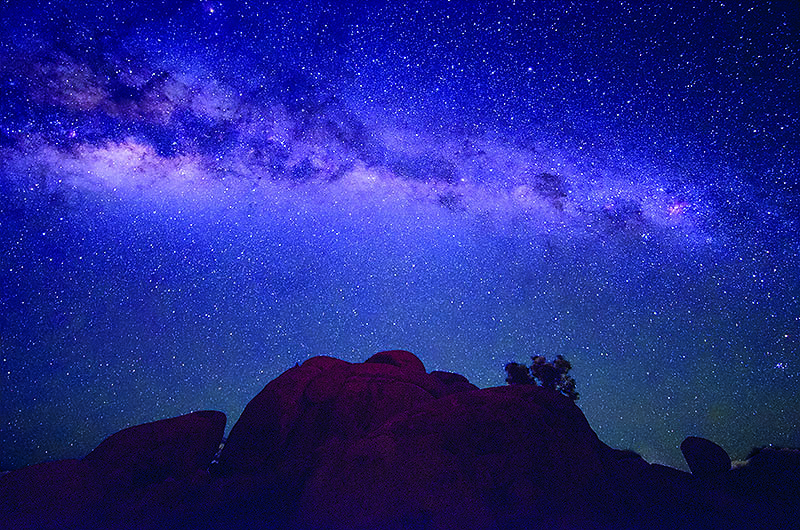
Dark Emu Karlu Karlu, by Mick Finn
Beyond the picture
For his stunning images, Mick uses a simple Nikon camera, which he sent to the US to be modified to allow the deep red (hydrogen-alpha) wavelength of light, which is normally blocked by a camera’s infrared filter. It’s a reasonably basic setup, but he says getting the perfect shot without fancy photography gear is all part of the sport. And alongside sharing the stars through his photos, he also feels a responsibility to advocate for them.
As host of a community radio show to bring astronomy to life for non-scientists, Mick uses the airtime to help raise awareness around dark sky conservation. He says that, while plastics and greenhouse gases are high on the list of environmental concerns, issues like the rapid uptick in satellites and space debris and the growing problem of light pollution usually go unnoticed.
“Increasing pollution from street lights and the man-made environment has a really wide-ranging impact on animal life. It affects circadian rhythms and impacts on how animals migrate and breed. This goes for everything from birds and insects to marine species, and there’s increasing science on how excess light affects human health, including mental health,” he says.
“Our night skies are more fragile than you might think. Once you learn about how threatened they actually are, it’s impossible not to become an advocate for protecting them.”
In 2016, researchers found that more than one-third of the world’s population can no longer see the Milky Way at night thanks to high levels of light pollution covering nearly 80% of the globe. Last year, a report from the German Research Centre for Geosciences warned that, if light pollution continues to increase at its current rate of 10% per year, all but the brightest stars will be invisible to much of the world’s population within a generation.
On the other hand, tackling light pollution is a relatively easy fix compared to complex problems like global warming. Mick points to Kiwi towns like Lake Tekapo and the South Wairarapa district, which gained International Dark Sky Association status by taking steps like swapping blue or white-toned streetlights to environmentally friendlier yellow-hued bulbs and adding shields to outdoor lighting to prevent excess glare.
Better views of the stars have not only been a boon for astro-tourism but a win for the planet, and Mick would love to see the Kāpiti Coast take a similar stance on dimming the lights.
In the meantime, he’s got an even easier solution for anyone who wants to engage with the stars. “Just take some time to head outdoors one evening, give your eyes 10 minutes to adjust and look up. As kids, we would do it all the time, but as adults, we tend to get busy and forget what we have right in front of us. We could probably all do with spending more time in nature.”
Winter wonders
As the weather turns cooler, the star cluster of Matariki makes its mark in the early morning sky. To locate Matariki, start by looking east to find the three bright stars of Tautoru or Orion’s Belt – often referred to as The Pot. To the left of Tautoru, you’ll see a triangular-shaped cluster of stars called Te Kokotā, or the face of Taurus the bull. Trace a line to the left of the bull, and you’ll find Matariki.
The Matariki public holiday relates to the closest Friday to the Tangaroa (last quarter) moon phase, during the lunar month of Pipiri (June to July). This year’s Matariki public holiday falls on 28 June.
For MAS Kaumātua Mark Ormsby, there is another star he looks out for in winter.
“The rising of Puanga (Rigel) in the eastern sky during June to July signals the beginning of the Māori New Year,” Mark says. “For my iwi from Taranaki and other parts of Aotearoa, it is Puanga rather than Matariki that is more significant. Puanga kai rau is a saying from Taranaki that refers to the abundance of kai that has been gathered for the season of winter. It is also the name of the winter festival that is celebrated each year at Parihaka. This year, it will be celebrated on 8 June.
“For my own whānau, we celebrate Puanga by spending more time together as a family in the evenings at home, playing games together, sharing stories and eating some of my favourite winter kai – like the traditional boilup (pork bones and watercress or beef brisket and Pūhā). My wider whānau also get together during Puanga to remember those that have passed since the previous year.”
To spot Puanga, first locate Tautoru or Orion’s Belt. Above the middle star of Tautoru sits Puanga.
Know someone who might enjoy this?
Read this next
-
July 2022
The Curve: Raising financial literacy
-
March 2023
Will the next generation be smokefree?
-
November 2023
From battlefields to bricks
Greater good
See all-
March 2021
Candles for a cause
-
March 2021
Helping Kiwi babies thrive
-
March 2021
Creating a Deaf-inclusive Aotearoa

